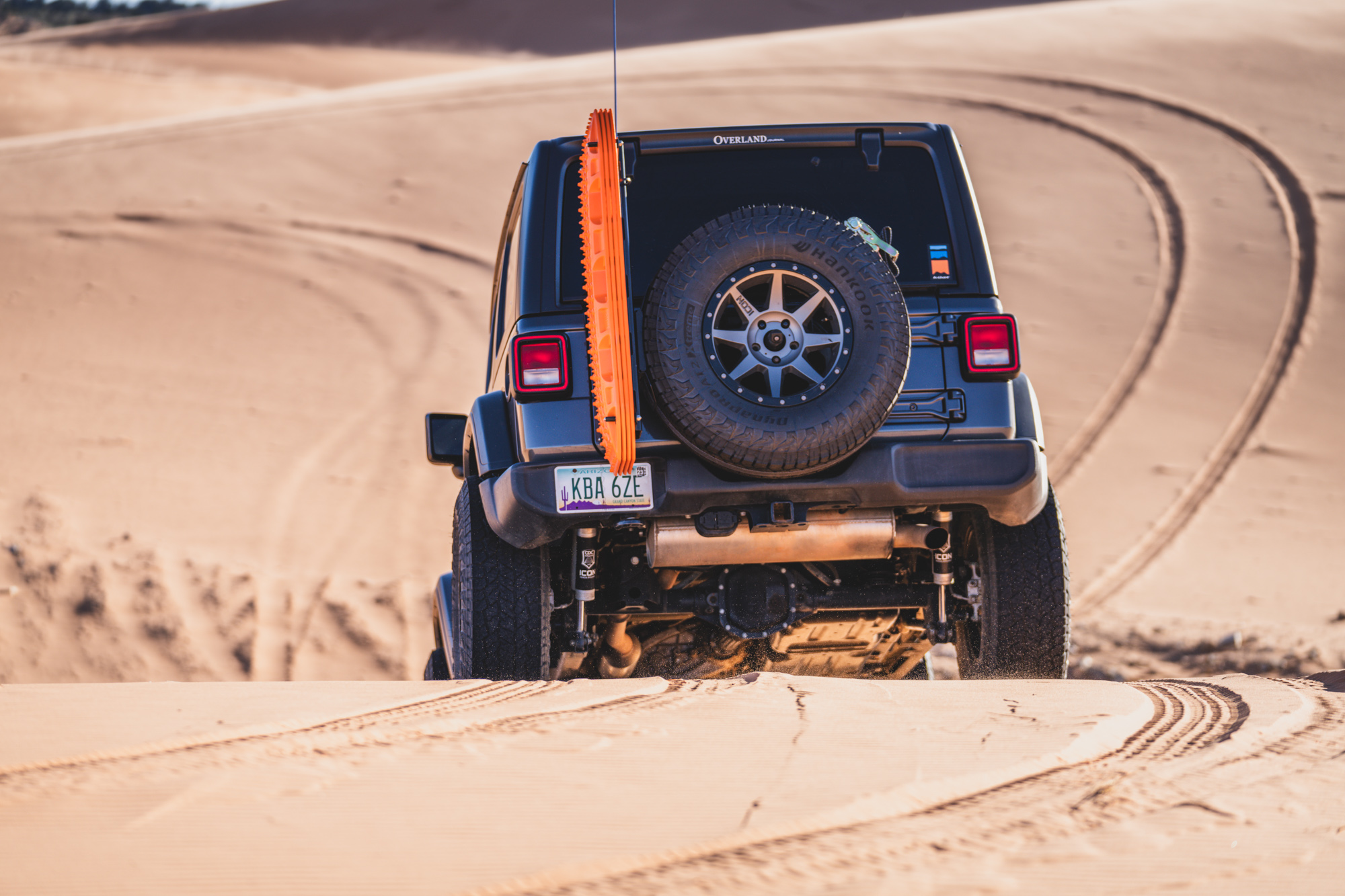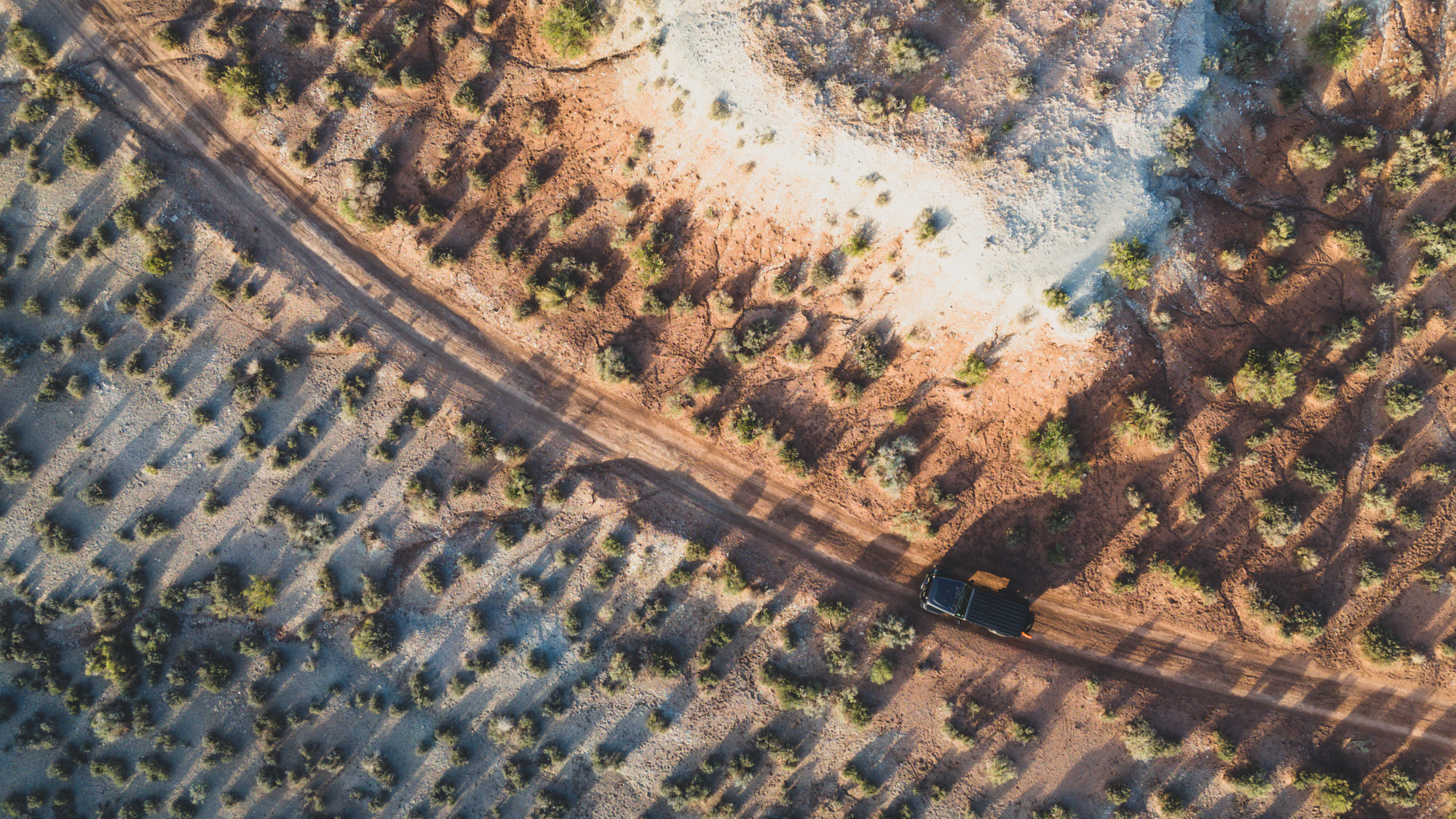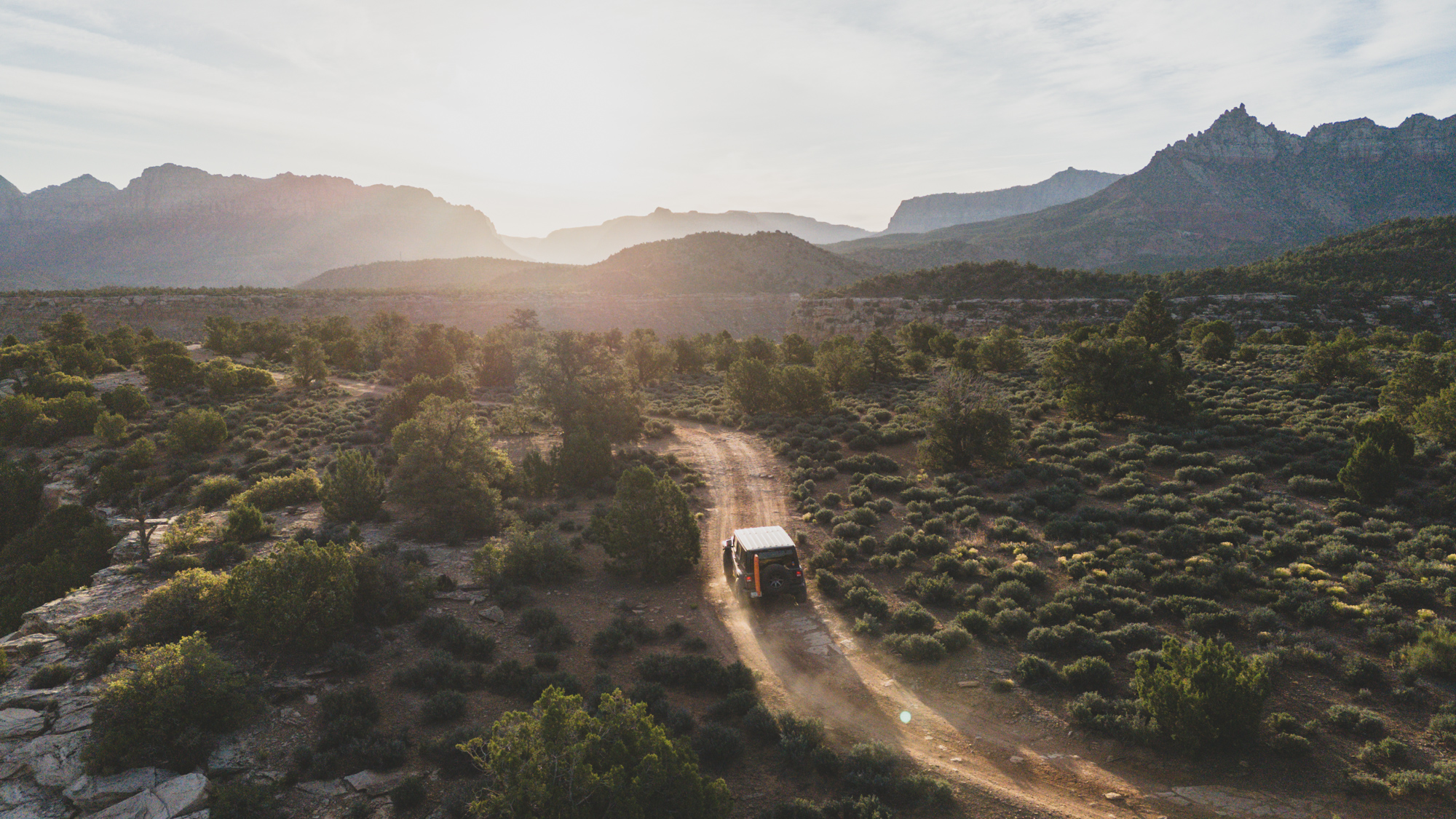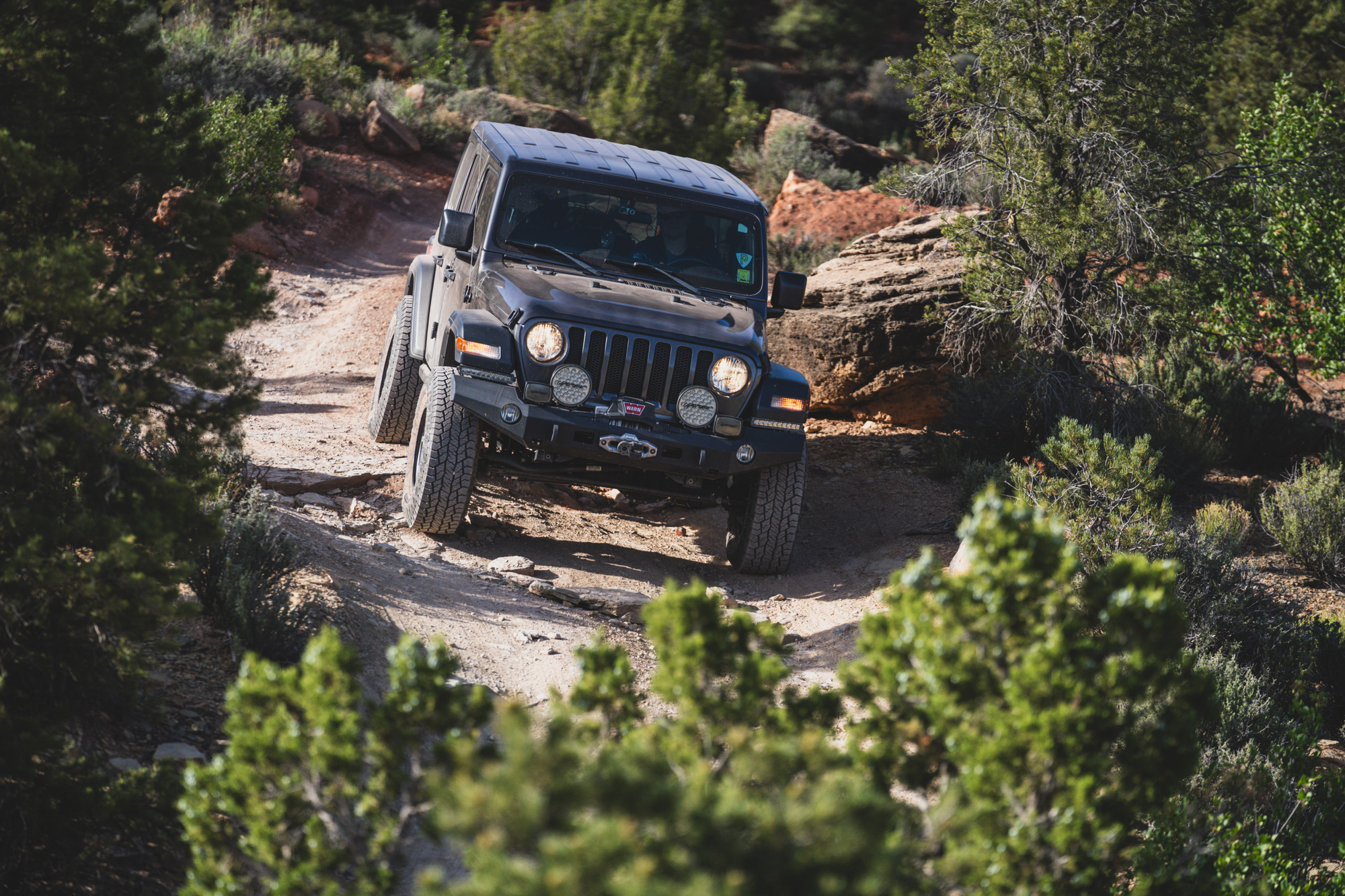Join us for episode two of our new educational series on Tires for Overlanding, where we review selecting various tires, driving and recovery, vehicle preparation, Tread Lightly, and more. For this second episode, we discuss the fundamentals of all-terrain tires for overlanding, including construction, lug design, and tread features for sand, rock, ice, snow, and wet conditions.
Presented by Hankook Dynapro Tire
There is nothing like an all-terrain tire for long-distance adventure travel. The AT tire performs well in most conditions due to its very design, striking the compromise between wet, dry, tame, and technical terrain.
How to Select an All-Terrain Tire for Overlanding:
- Select a tire that favors being taller than wider. This means choosing a tire with a 70-80% aspect ratio for a 17 inch rim (75-85% for a 16″ wheel). A narrower tire reduces rolling and wind resistance and the taller aspect ratio improves ground clearance.
- Select a slightly more open lug pattern to improve mud evacuation and stone ejection.
- A chamfered profile will improve lug integrity and also reduce stone/mud retention.
- Select an all-terrain with a light truck rating (LT) and two or three sidewall plies for durability. Ensure the load rating matches your GVWR.
- Find an all-terrain with a three-peak mountain-snowflake rating for winter conditions. This will also improve wet pavement-stopping performance.
- Avoid focusing only on tread life, as the longest-lived ATs will have a much harder rubber compound and less adhesion on pavement and dry rock.
- Staged and sound-tuned lug profiles significantly reduce noise and fatigue for long trips.
- Look for all-terrains with shoulder lugs to help improve side lug integrity and increase traction in mud and ruts.
- All-terrain tires are more likely to pack with mud and clay.
All-terrain tires have reduced mechanical keying on rocks when compared with a mud tire.


Airing down is even more important for all-terrains on the rocks, as they have reduced mechanical lug keying than a mud tire. Airing down allows the carcass to deform around the rock significantly improving leverage and adhesion.

A strong sidewall makes all the difference in technical terrain, reducing the likelihood of punctures.

In the dunes, an all-terrain makes for an excellent choice, maximizing flotation and reducing the likelihood that the tire will dig into the silica. Start by airing down to a PSI equal to the rim diameter or half of the manufacturers recommended tire pressure (whichever is greater). Use that as a baseline and reduce pressures more until flotation and performance match the conditions. Use extreme caution once pressure are half of the rim diameter, as losing a tire bead is likely during heavy steering inputs.

 Watch more:
Watch more:
Tires for Overlanding Episode 1: Mud Tires
Tires for Overlanding Episode 3: Airing Down for Backcountry Travel
Tires for Overlanding Episode 4: Driving in Sand and the Dunes
Tires for Overlanding Episode 5: Recovery Techniques
Tires for Overlanding Episode 6 :: Overland Vehicle Preparation and Treading Lightly


